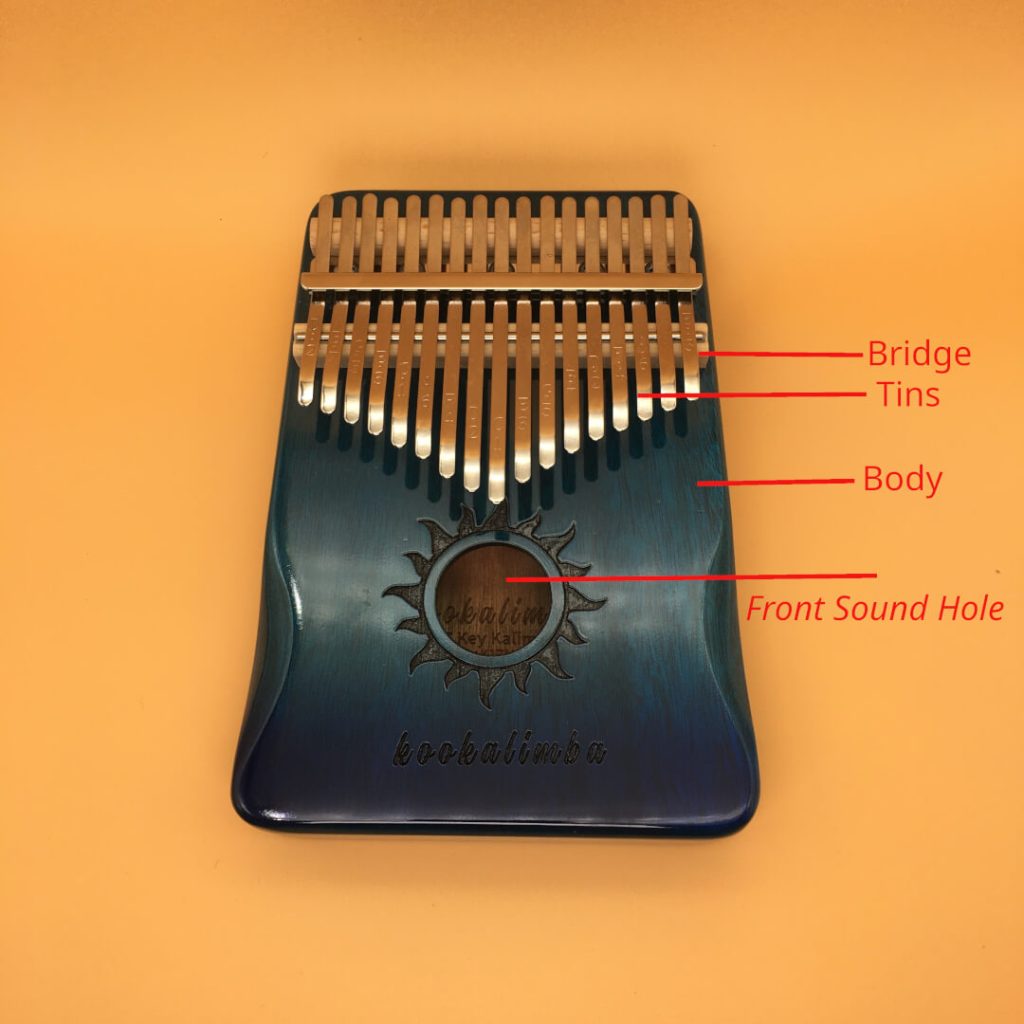The kalimba thumb piano is a traditional instrument from Angola. It is usually made from a calabash gourd, which is hollowed out and filled with water. The gourd acts as a resonator, amplifying the sound of the metal keys that are plucked with the thumbs. The kalimba thumb piano is also known as a mbira, sanza, or kalimba.
In this blog post, we will show you how to make music with a kalimba thumb piano. We will also provide a brief history of the instrument and some tips on how to care for your kalimba thumb piano.
History of the kalimba Thumb Piano
The kalimba thumb piano is a traditional instrument from Angola. It is usually made from a calabash gourd, which is hollowed out and filled with water. The gourd acts as a resonator, amplifying the sound of the metal keys that are plucked with the thumbs. The kalimba thumb piano is also known as a mbira, sanza, or kalimba.
The first recorded use of the kalimba thumb piano was in 1681 by Father Emanuel Dongala Mota in his book “Description of Angola.” The kalimba thumb piano gained popularity in the early 20th century when it was heard on recordings by artists such as Eubie Blake and Louis Armstrong. Today, the kalimba thumb piano is still used in traditional music from Angola as well as in contemporary genres such as jazz and rock.

How to Make Music with a kalimba Thumb Piano
Making music with a kalimba thumb piano is simple! All you need to do is pluck the metal keys with your thumbs. The keys are tuned to different notes, so you can play chords and melodies by plucking different combinations of keys.
If you want to add some percussive flair to your playing, you can also strike the body of the instrument with your palm or fingers. This will create a booming bass sound that adds resonance and depth to your playing.
7 Tips for Caring for Your kalimba Thumb Piano
Here are some tips for caring for your kalimba thumb piano:
- Keep your instrument dry: Because the body of the instrument is made from wood or gourd, it is important to keep it away from moisture. If it gets wet, it could warp or crack.
- Don’t put it in direct sunlight: Sunlight can cause fading and discoloration over time.
- Handle it with care: Avoid dropping or banging your instrument as this could damage it beyond repair.
- Keep it clean: Wipe down your instrument with a soft, dry cloth after each use to remove any dirt or fingerprints.
- Store it properly: When you’re not playing your instrument, store it in its case or another soft, safe place where it won’t be jostled around or damaged.
- Get it tuned regularly: Have your instrument tuned at least once every few months to ensure that it stays sounding its best.
- Take lessons: If you’re serious about learning how to play your kalimba

Conclusion
With its origins dating back centuries, the kalimba thumb piano is truly a timeless musical instrument. And thanks to its simple design, making music with a kalimba thumb piano is easy and fun for people of all ages! Just pluck the metal keys with your thumbs and strike the body of the instrument for an added percussive effect—it’s that easy! Plus, following our tips for caring for your instrument will help ensure that your kalimba thumb piano lasts for many years to come! thumb piano, consider taking lessons from a qualified instructor who can teach you proper technique and help you hone your skills.
Read More: How to Fix Kalimba Dead Tines?
